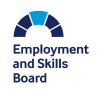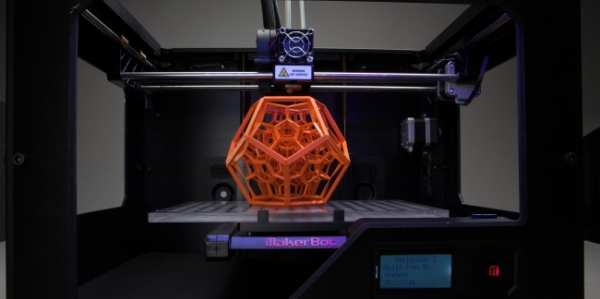"This is a great example of how our STEM programme is helping to inspire young people to consider a career in Science, technology, Engineering and Maths,” said councillor Kevin Bentley, cabinet member for Economic Growth and Infrastructure, at the time. “Having business support from Lodge Information Services will really benefit the young people, as will being able to learn skills on the latest technology.”
These activities follow Chelmsford County High School for Girls’ 3D printing success, which was part of the Department for Education’s ‘3D printers in schools’ scheme. Here, pupils created brackets and injection-moulded cases for GCSE Engineering projects, as well as vacuum formers and model bottles for their GCSE Graphics work.
On top of this, learners at Stewards Academy in Harlow were recently able to take part in a special 3D printer project of their own. Part of a wider, female-only STEM programme in Harlow funded by Appscintech and managed by Essex County Council and Harlow College, the 2013/14 project included the 3D printer in operation, displays of the items manufactured, and a collection of photographs charting the project over the year.
Meanwhile, in Merseyside, 12 Year Nine pupils rounded off their 2014/15 school year by discovering how 3D printers can be used to recreate the world of Formula 1 racing. Children from Deyes High School in Sefton spent a week designing and manufacturing replicas of the famous vehicles as part of a project organised by the NAC Group’s Industrial Cadets.
As reported by the Liverpool Echo on 23rd May, the project was part of a multi-million government Automotive Industrial Partnership initiative, a programme that shows UK pupils what’s possible in the world of STEM.
“The event has really opened my eyes to the industry,” said 13-year-old Anna Bolger. “Before I thought that Engineering was something you had to get your hands dirty to do, but it is more technical than that. My favourite part of the scheme was the manufacturing part as it was great to see our design made exactly how we had planned.”
Jane Campbell, Industrial Cadets area engagement manager, said: “Engineering is not a subject that can be taught at school, so it is vital that children can be given a chance to try it for themselves. The five day event has given the students the opportunity to use their maths and science skills in a practical environment and try something they haven’t done before. The students have taken to it very well and they have really enjoyed the whole experience. We are pleased with what they have produced. Having spoken to one or two at the end I’m sure there will be some of these students who look into working in engineering in the future.”
Holbrook Primary School in Suffolk spent months fundraising so that they could buy a 3D printer. As covered by the Ipswich Star, Computing coordinator Richard Williams used the 2014/15 school year to liaise with a 3D printing company, which led to 45 young innovators having their own designs made physical. The school then held a robot race, wherein pupils donned homemade automation outfits to raise funds for the purchase - by the end of the event, over half of the required £600 had been donated.
Finally, in May 2015, Holbrook Primary welcomed their very own 3D printer into the school.
“The children had some amazing fundraising ideas,” said Richard. “Aside from the robot day, one parent collected CDs which she sold through an online retailer, the children in Foundation sold robot cookies and several girls organised a colouring competition.
“The sky’s the limit with this amazing new technology. Our children have shown themselves to be incredibly imaginative and creative. I can only wonder what they will create using this amazing 21st century technology. We have enough filament, which is used in the printer to create the objects for every child in school to make their own design.”
For more information on immersive environments, visit the IMS Guide 2015/16 page.


















